To provide the best experiences, we use technologies like cookies to store and/or access device information. Consenting to these technologies will allow us to process data such as browsing behaviour or unique IDs on this site. Not consenting or withdrawing consent, may adversely affect certain features and functions.
The technical storage or access is strictly necessary for the legitimate purpose of enabling the use of a specific service explicitly requested by the subscriber or user, or for the sole purpose of carrying out the transmission of a communication over an electronic communications network.
The technical storage or access is necessary for the legitimate purpose of storing preferences that are not requested by the subscriber or user.
The technical storage or access that is used exclusively for statistical purposes.
The technical storage or access that is used exclusively for anonymous statistical purposes. Without a subpoena, voluntary compliance on the part of your Internet Service Provider, or additional records from a third party, information stored or retrieved for this purpose alone cannot usually be used to identify you.
The technical storage or access is required to create user profiles to send advertising, or to track the user on a website or across several websites for similar marketing purposes.




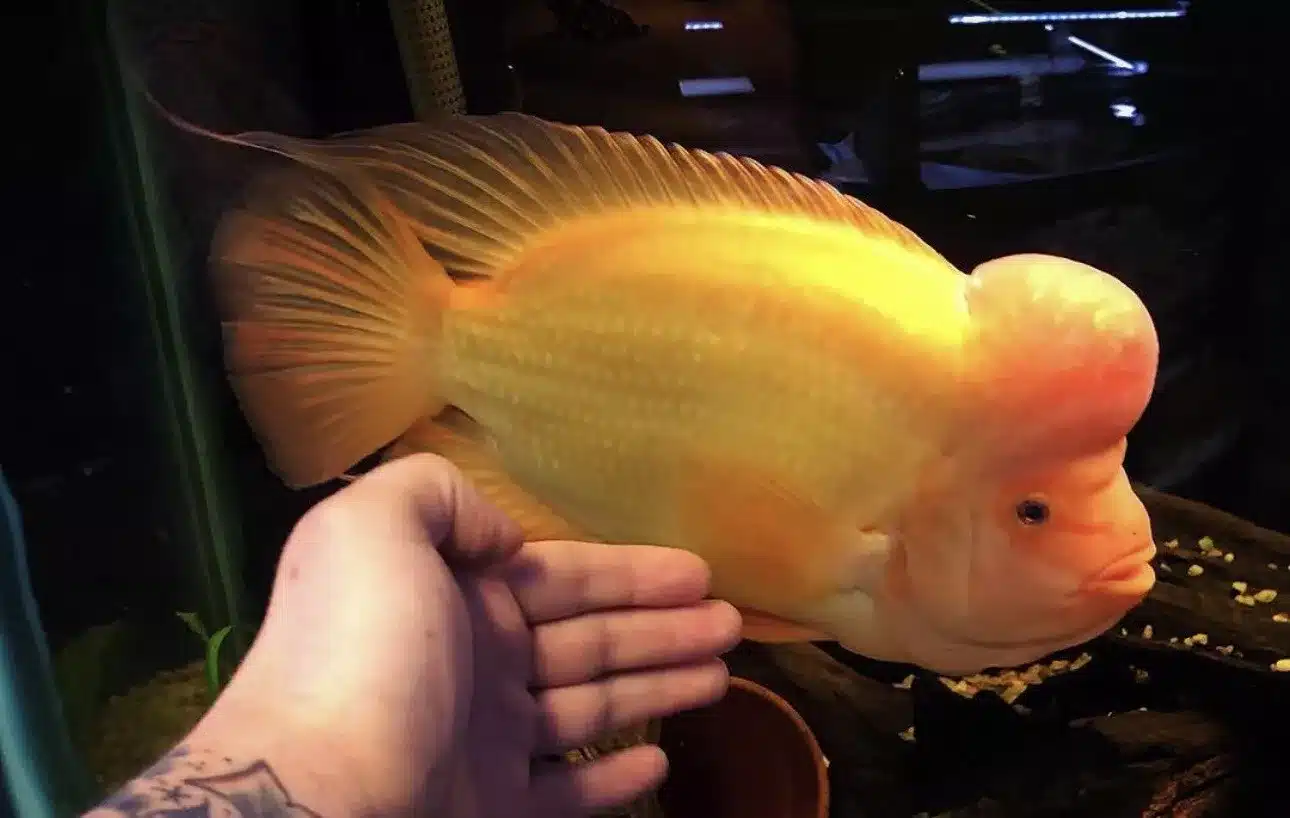
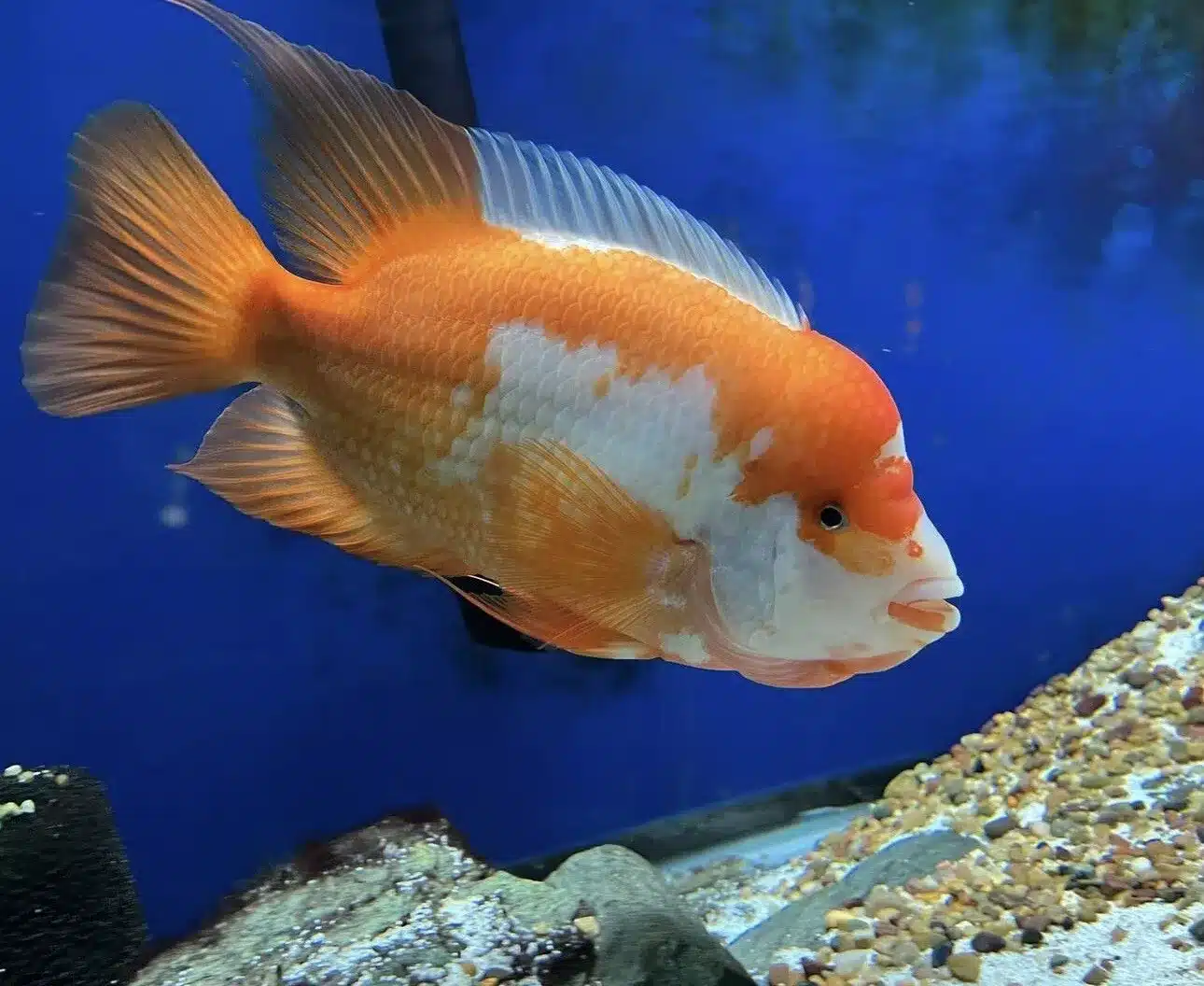
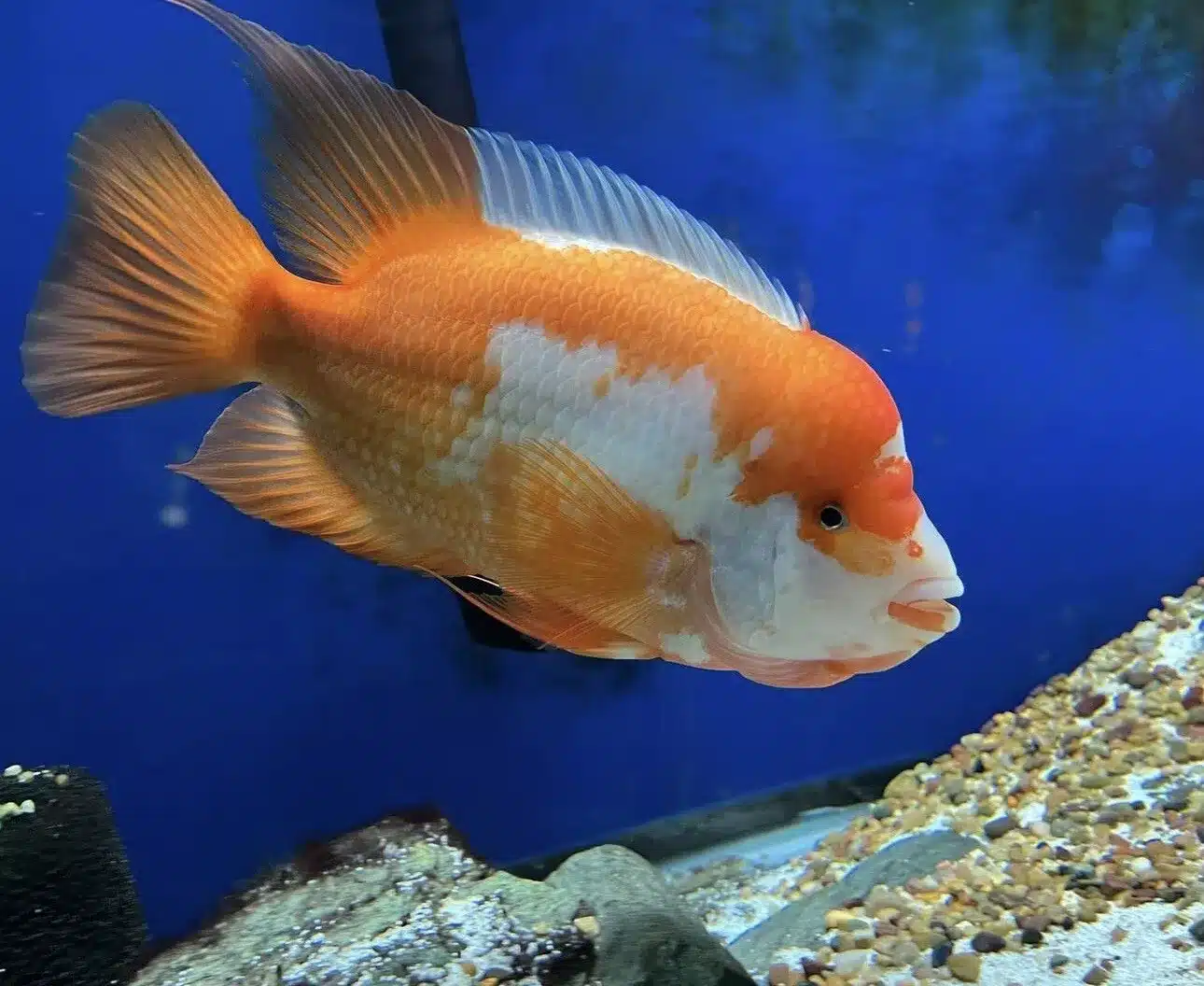
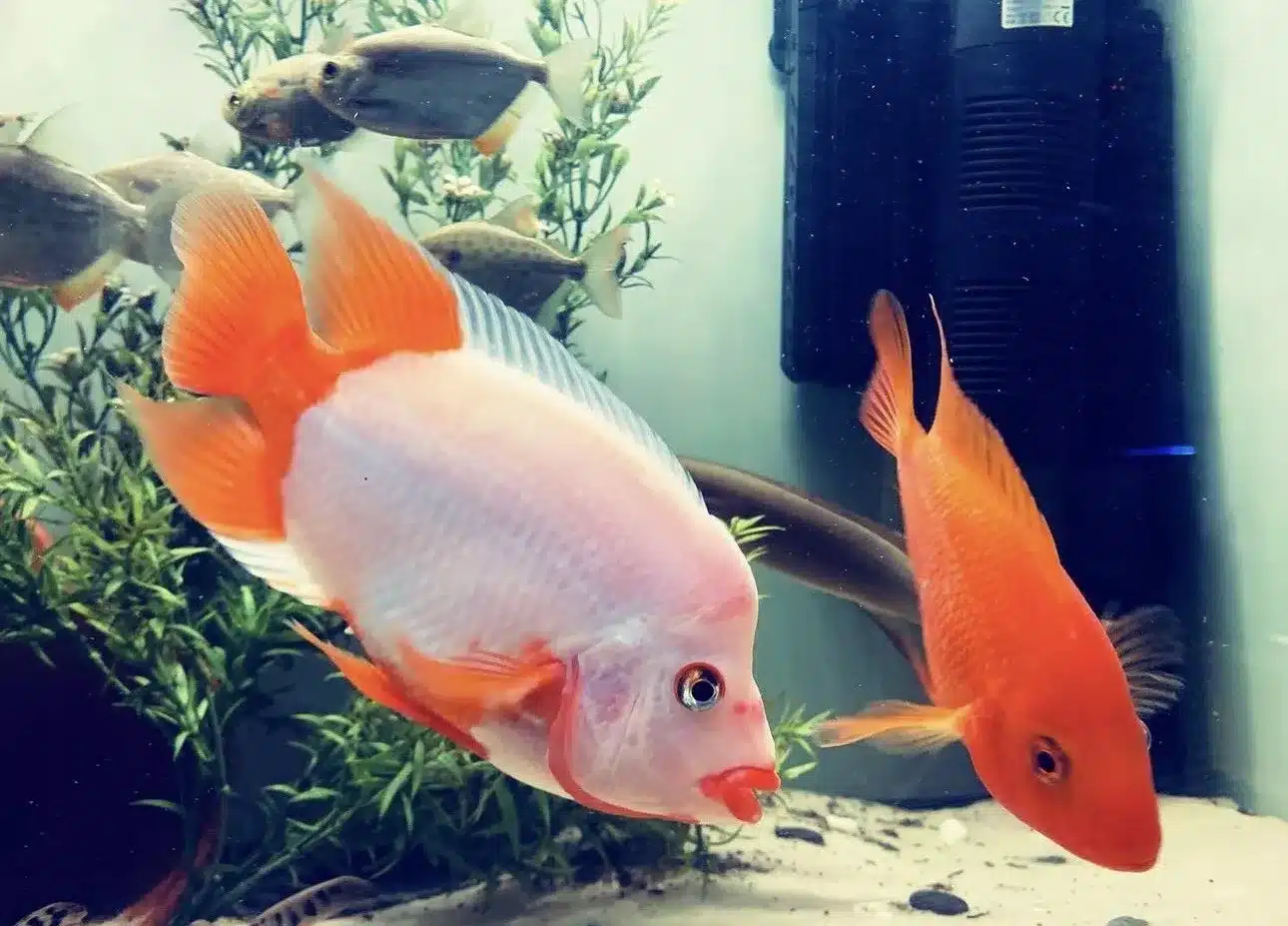
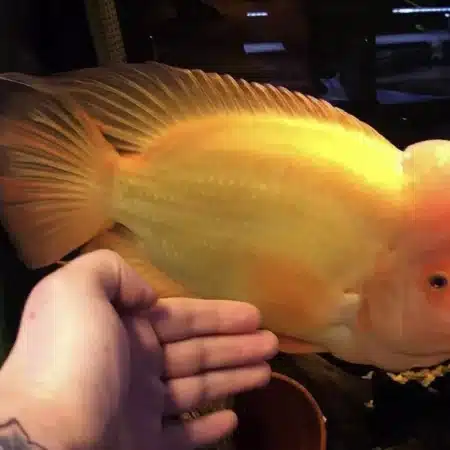
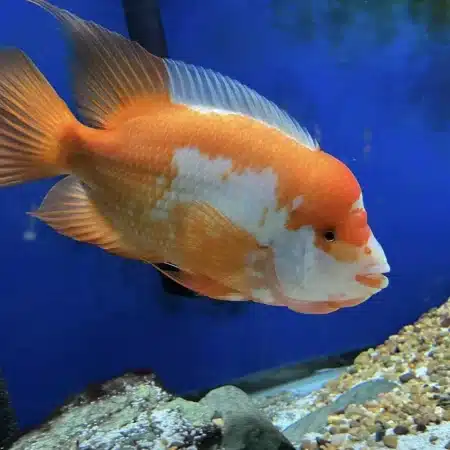
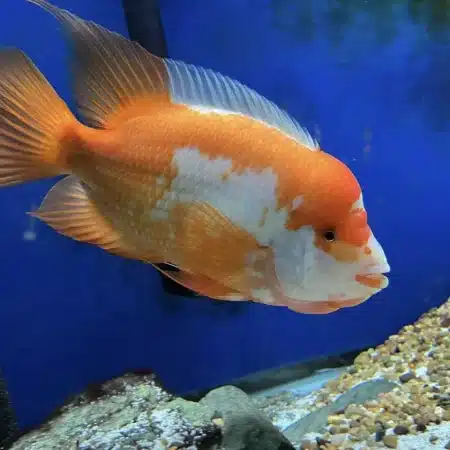
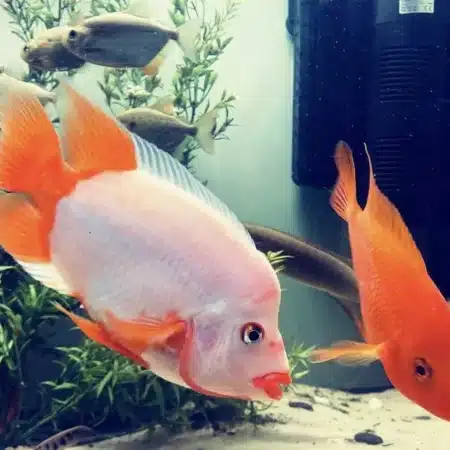
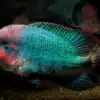
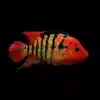









Emily Carter (verified owner) –
I recently added the Red Devil Cichlid (Amphilophus Labiatus) to my aquarium, and I couldn’t be happier! This little guy, about 5cm, has quickly become the star of the tank. His striking colors and energetic personality light up the space. I’ve kept tropical fish for over five years, and I’ve had cichlids before, but this one truly stands out.
After two weeks, he has settled in beautifully. I made sure to provide plenty of hiding spots and suitable plants, which he seems to love. I’ve noticed him being quite bold, swimming around and interacting with the other fish, which is a joy to watch. Compared to other cichlids I’ve owned, his behavior is more engaging and confident.
One minor concern is that he’s a bit territorial, so I recommend this fish for those who have a suitable setup and some experience with freshwater fish. If you’re new to the hobby, be prepared for a bit of a learning curve with his temperament. I’d highly recommend the Red Devil to anyone looking for a vibrant and charismatic pet fish. Just ensure your tank is well-established and spacious enough. I’m looking forward to watching him grow! Overall, I’m thrilled with my purchase and will definitely buy from this seller again!